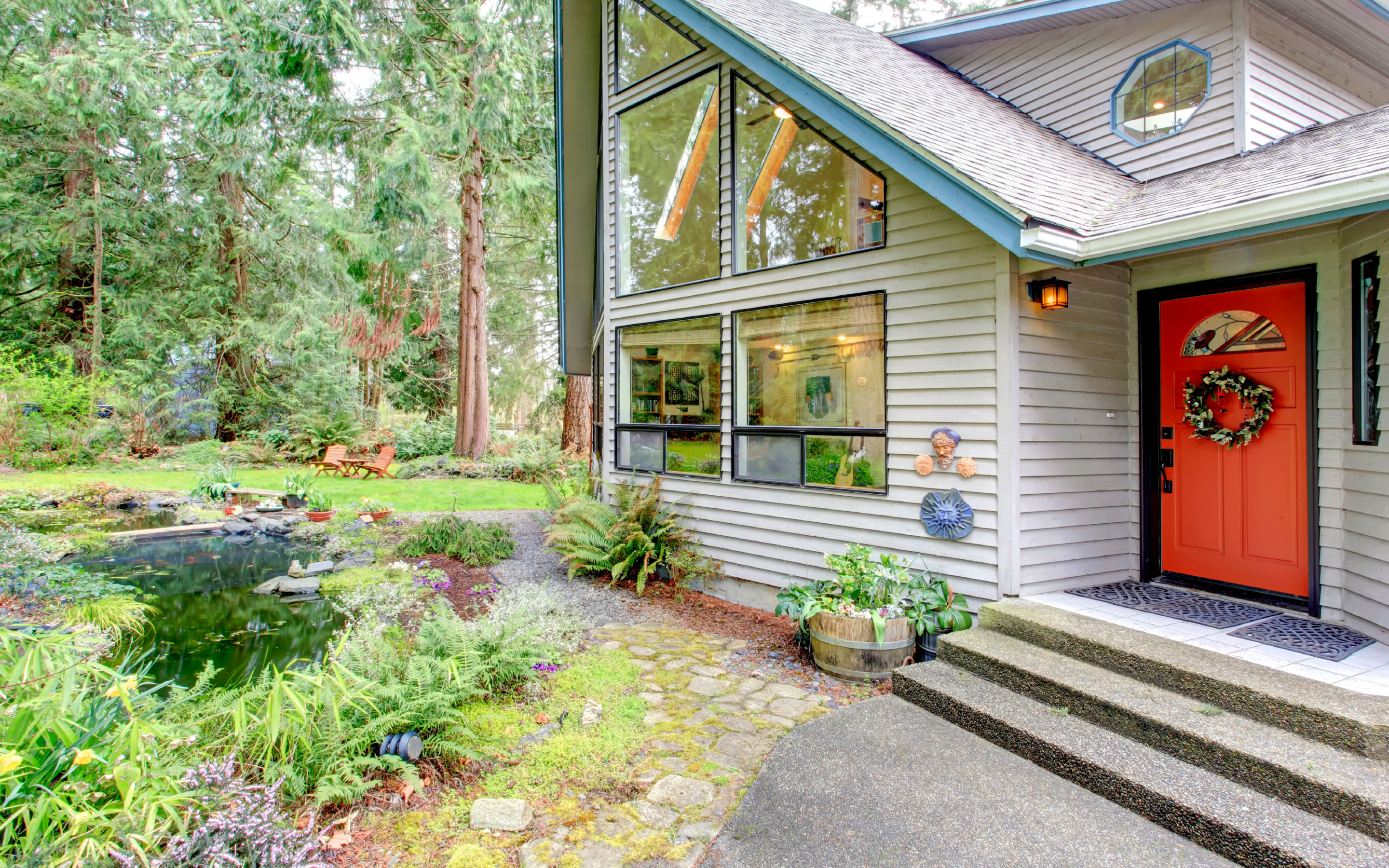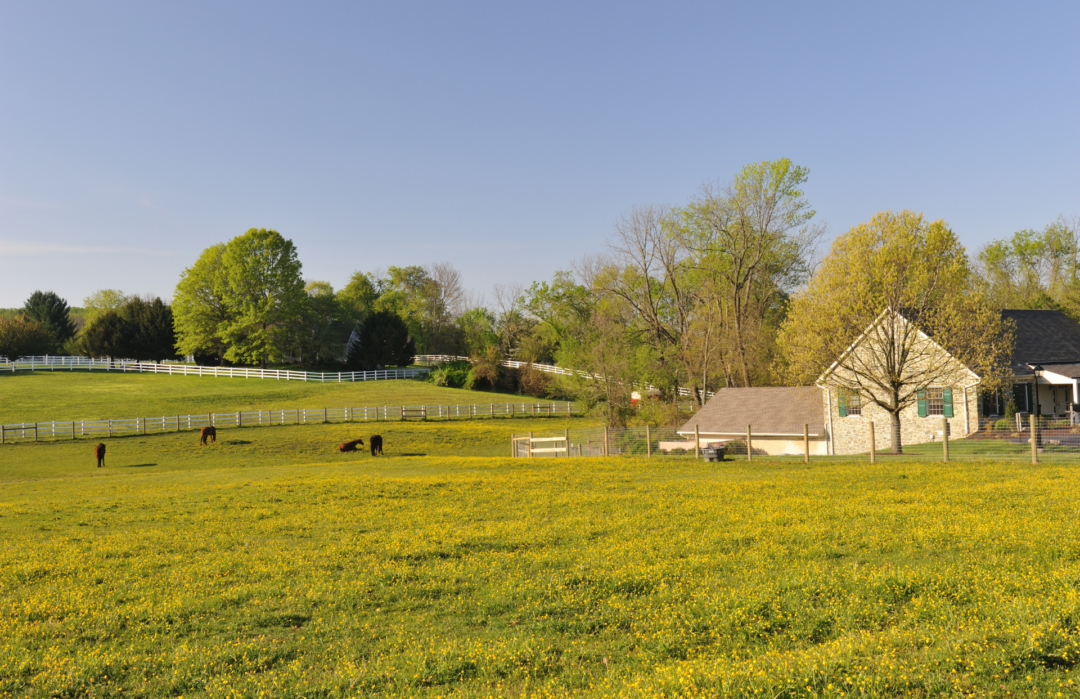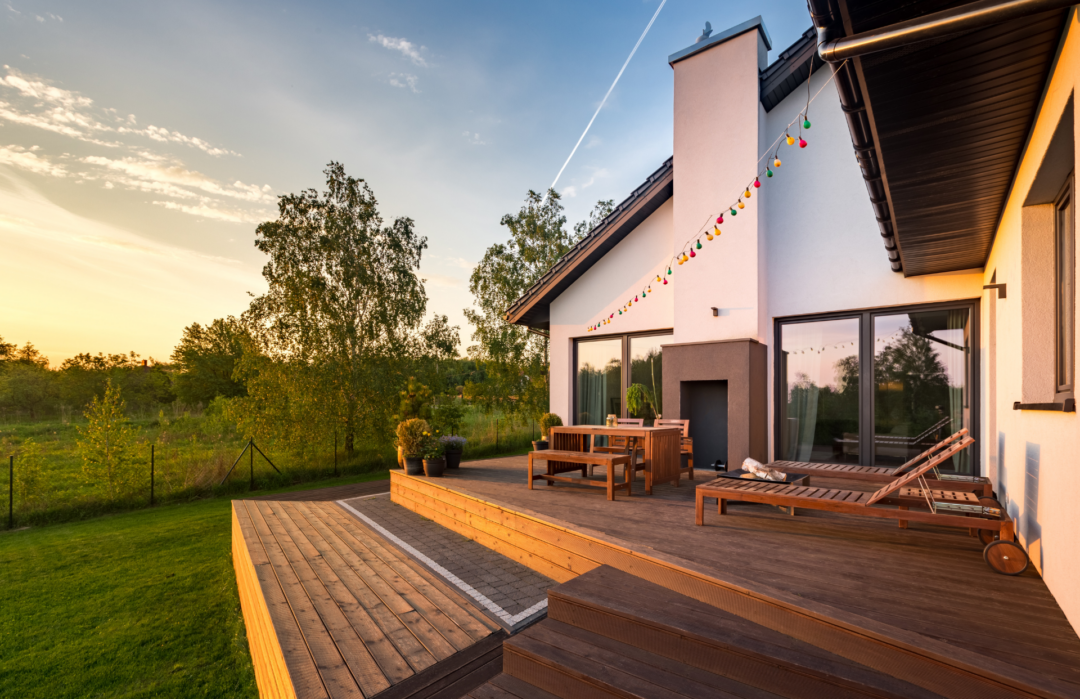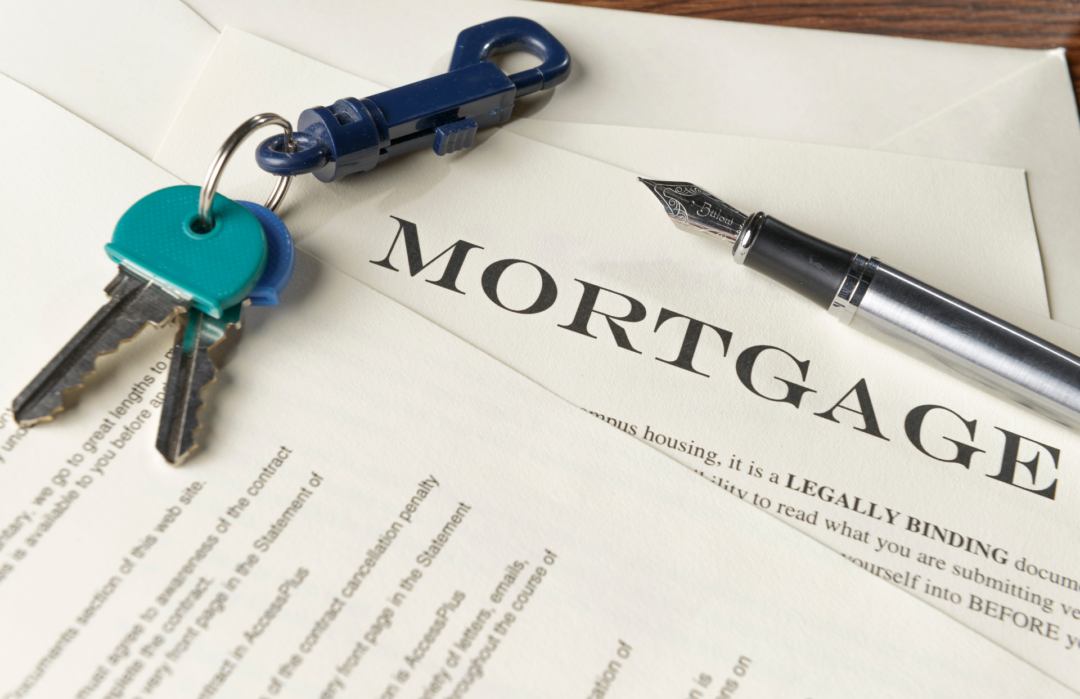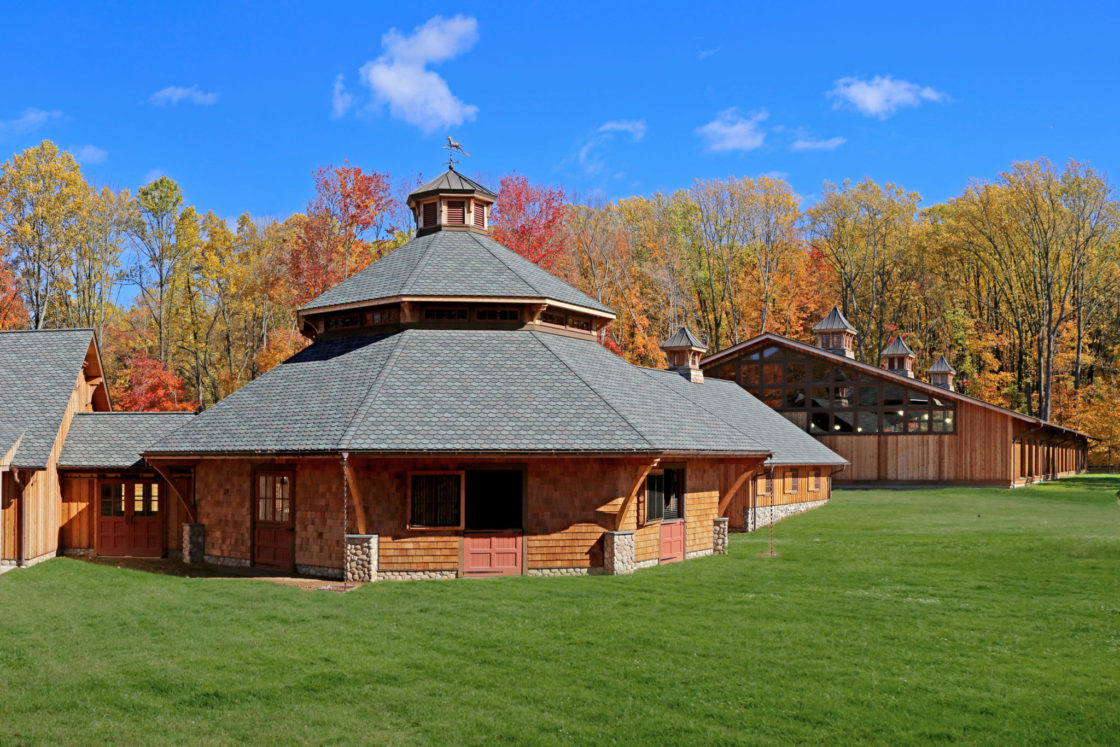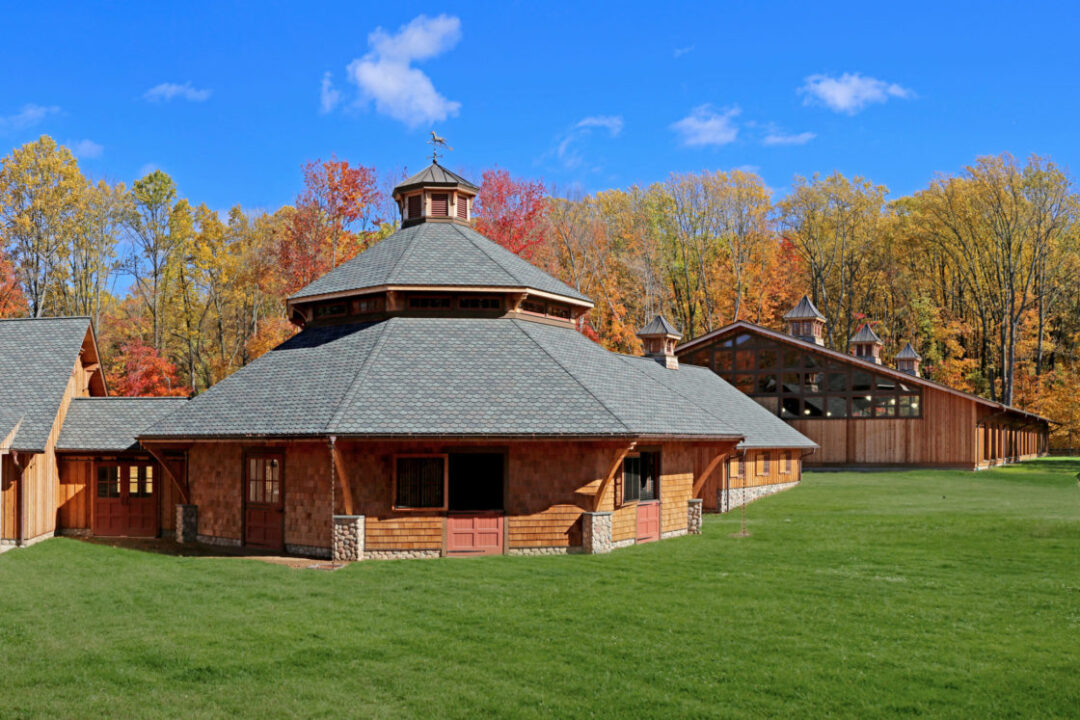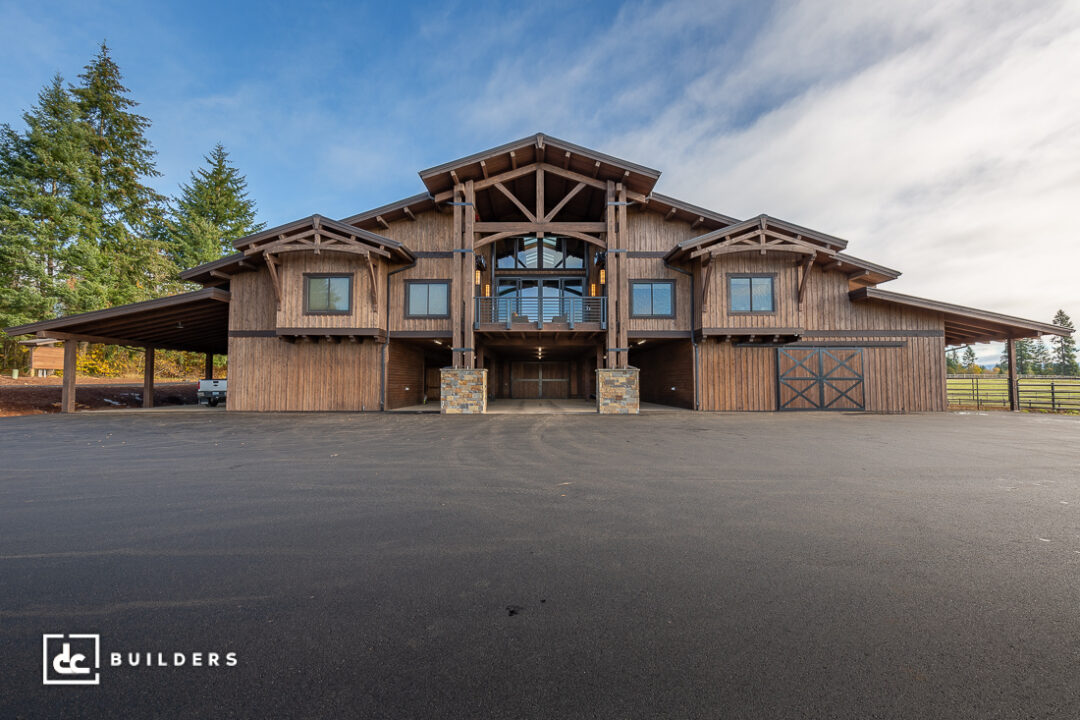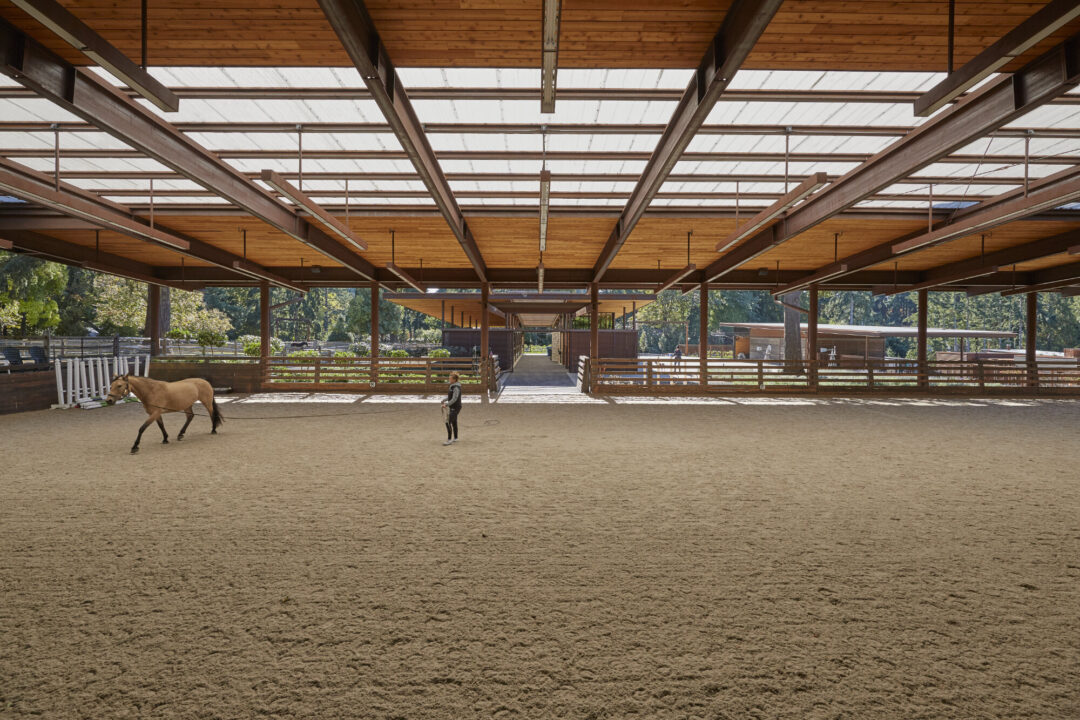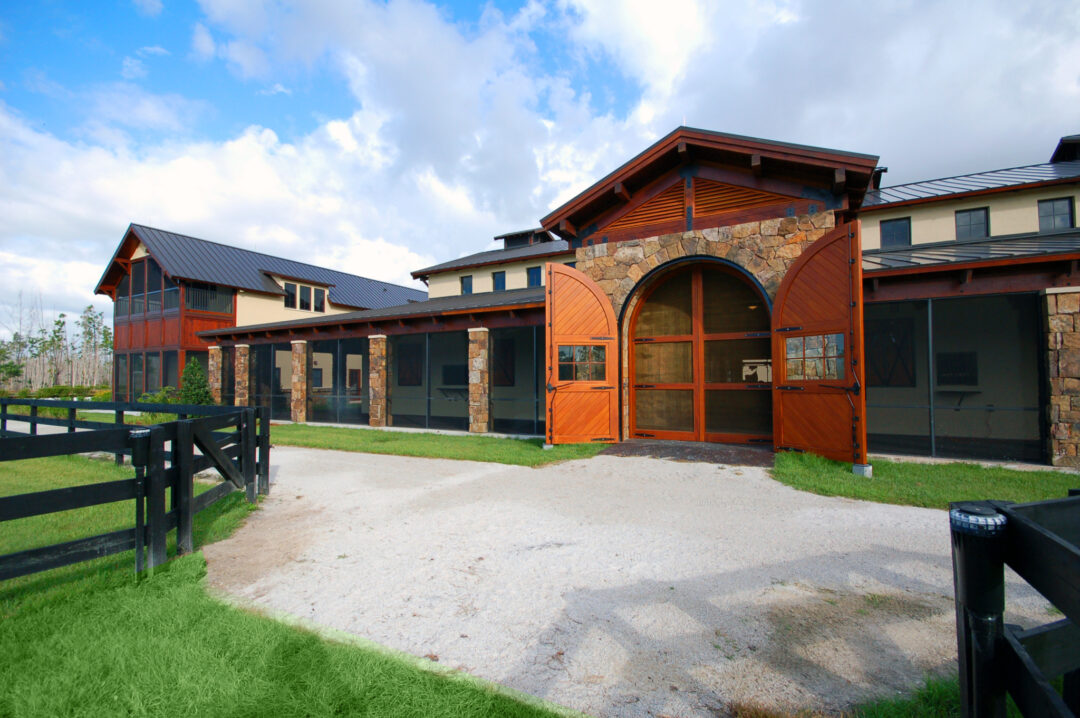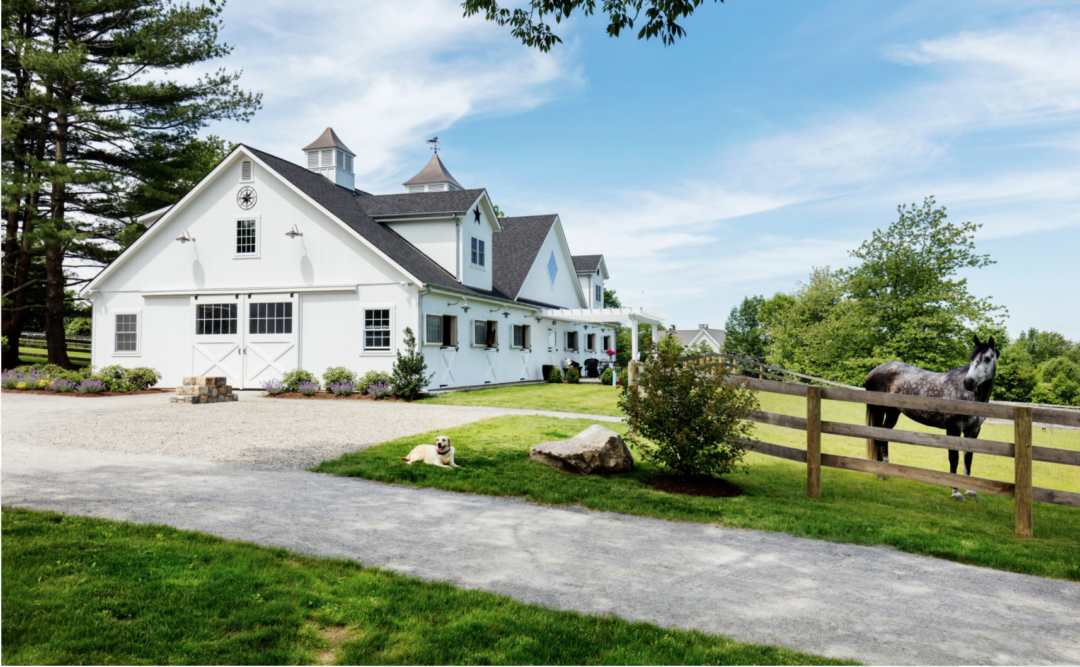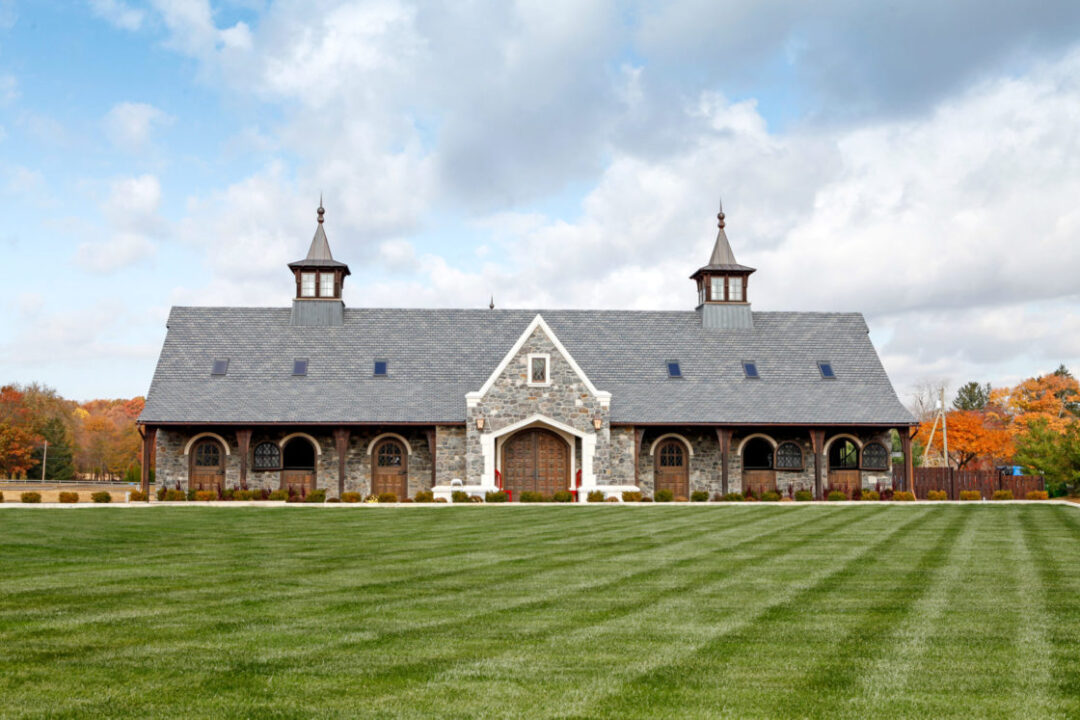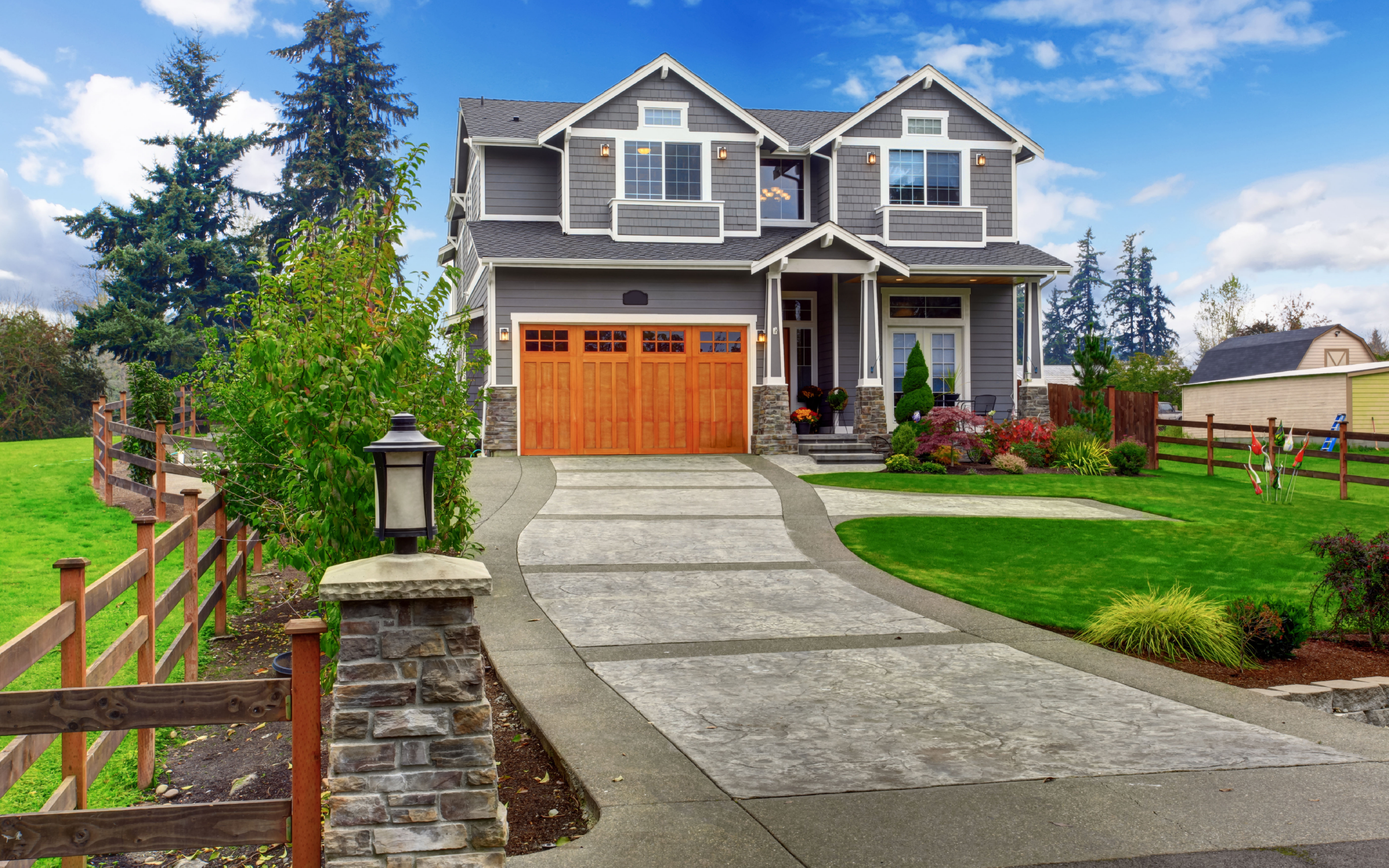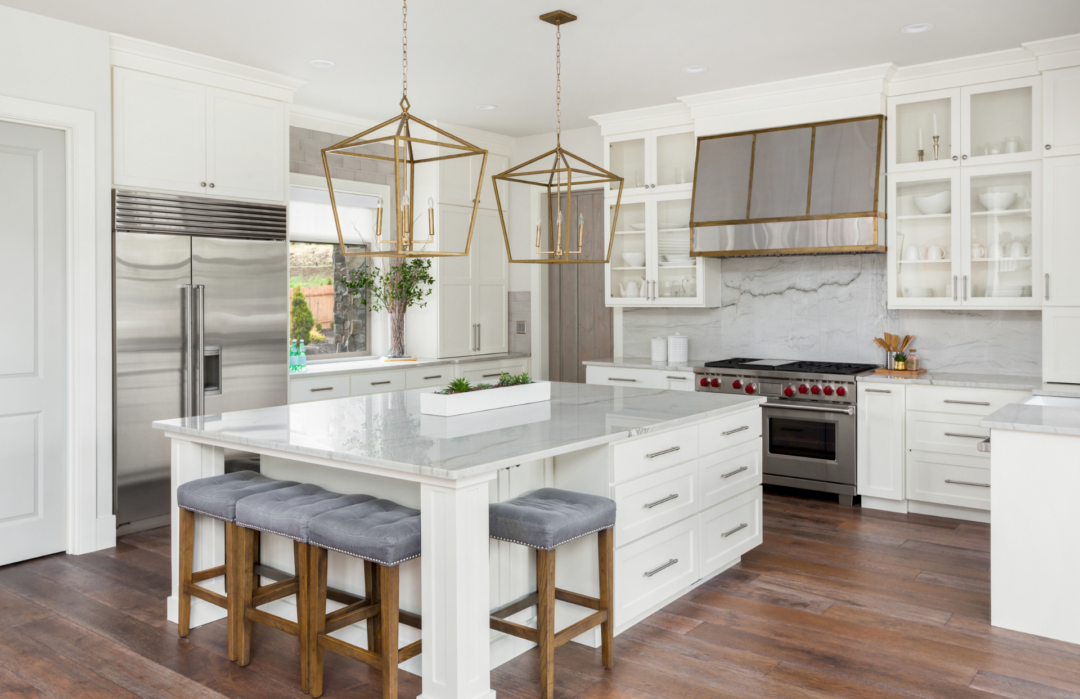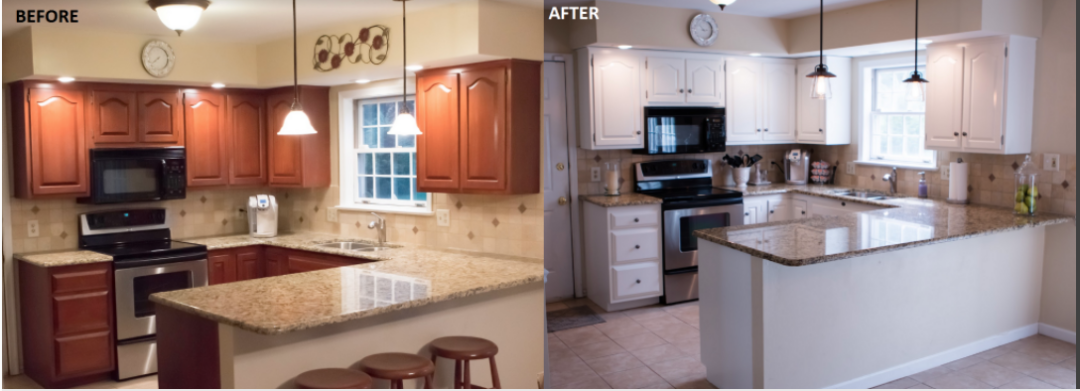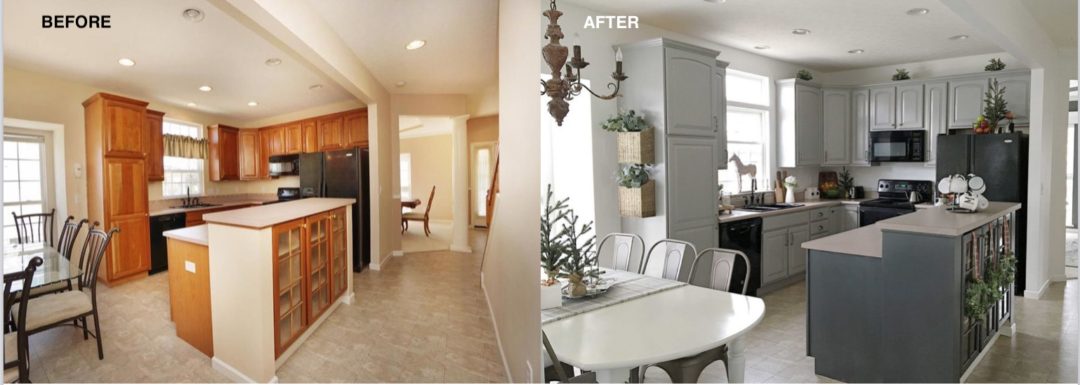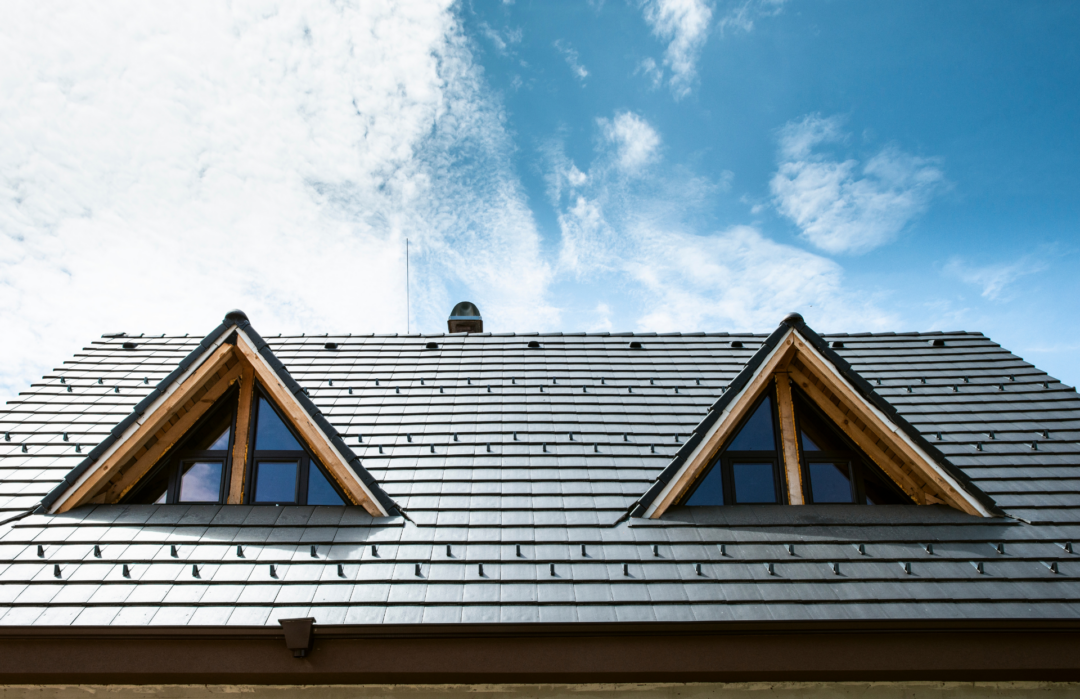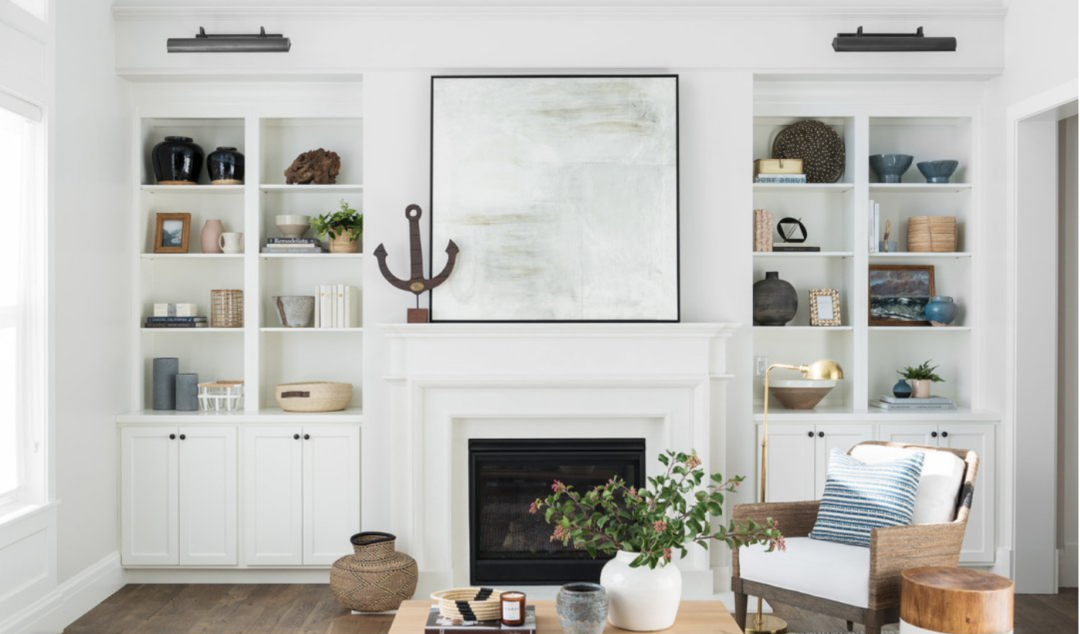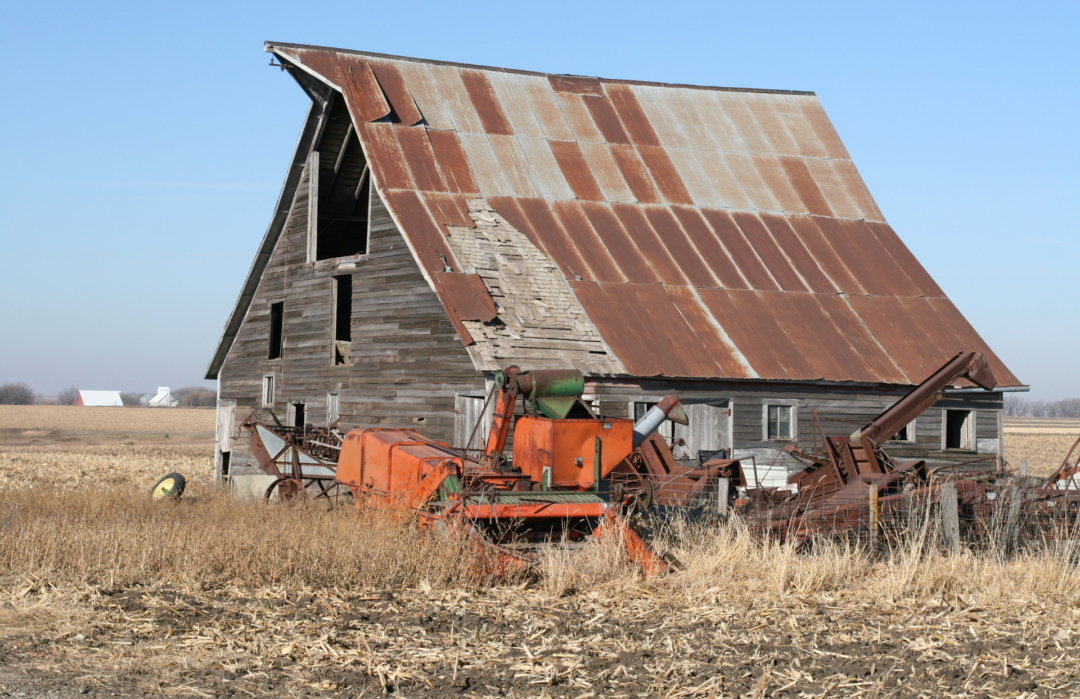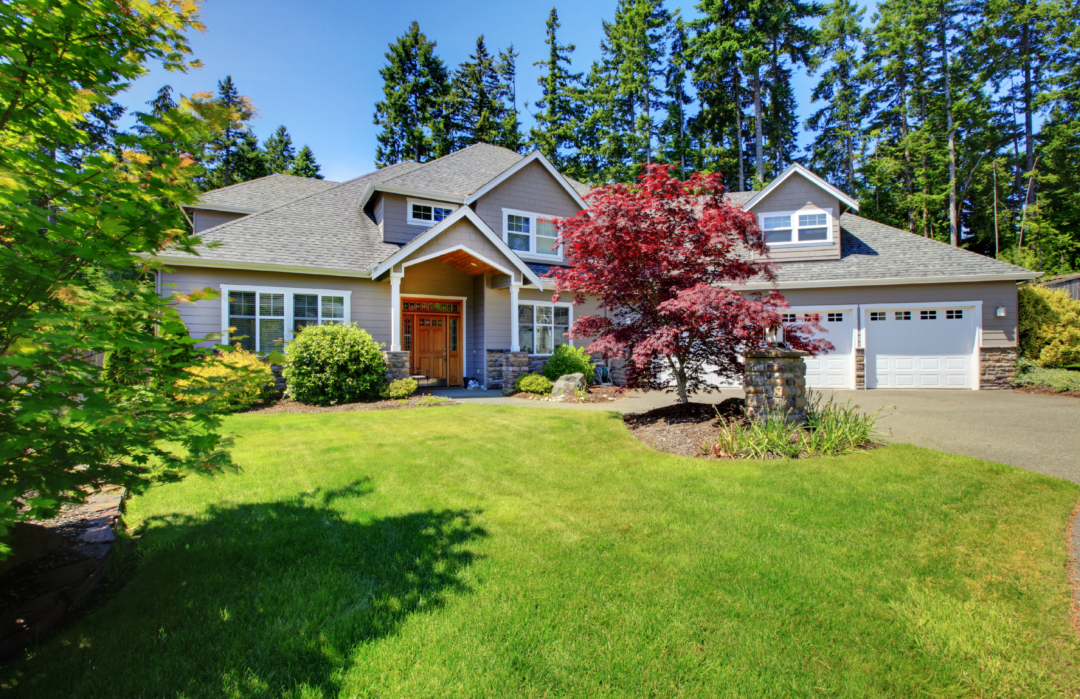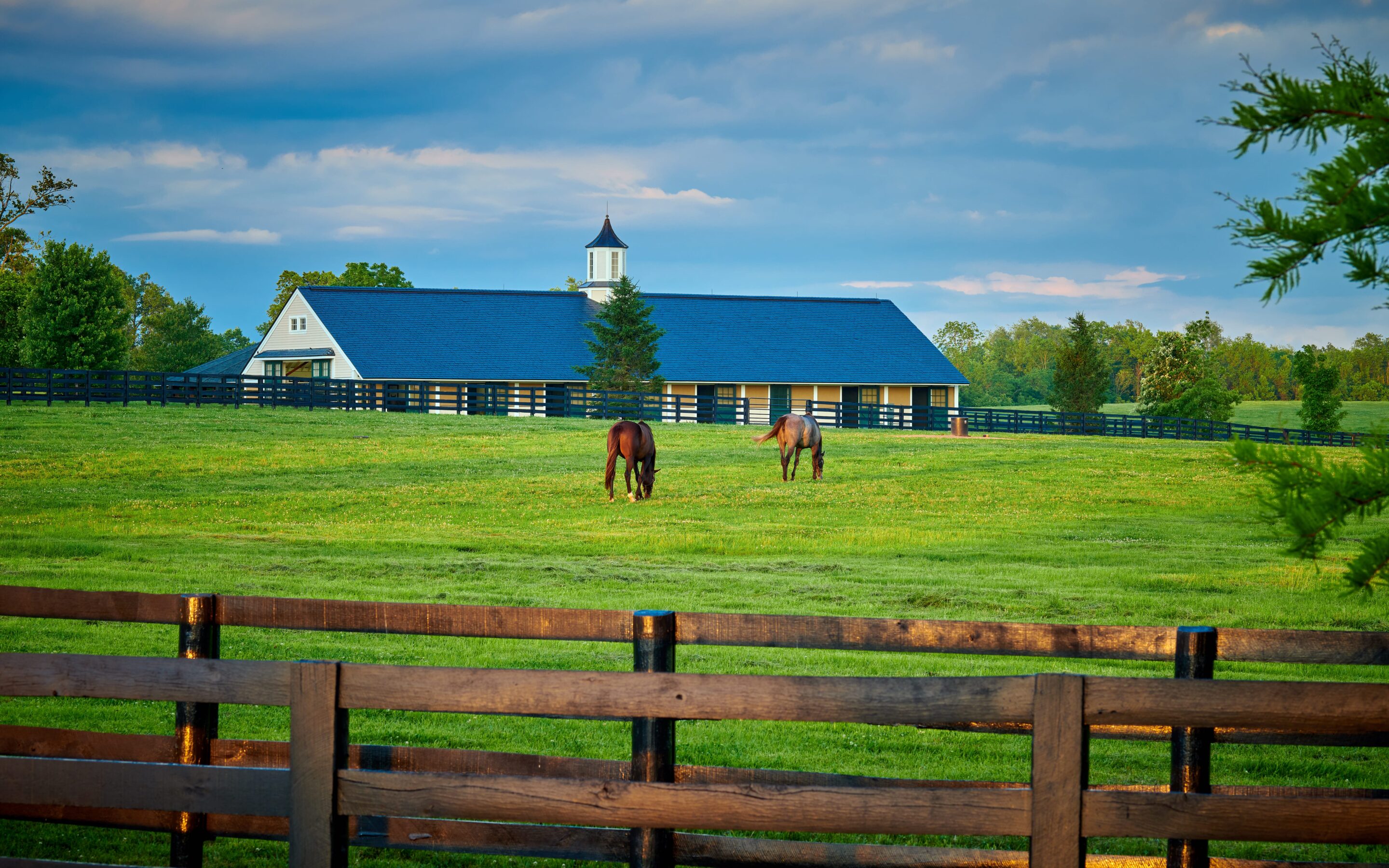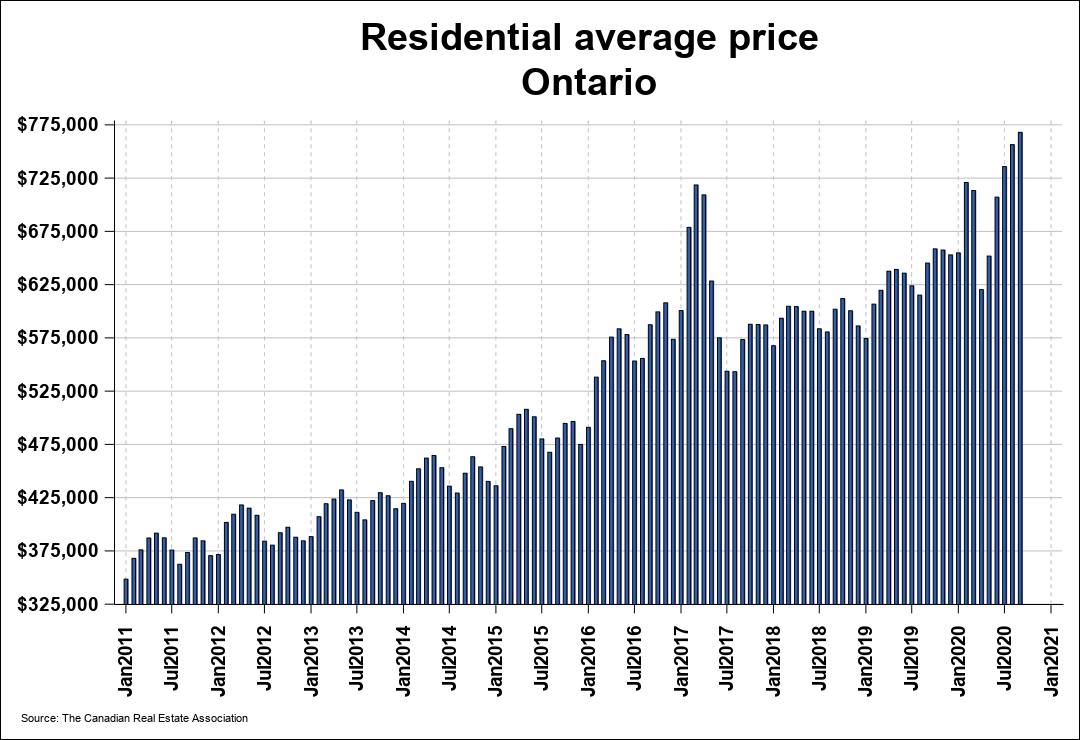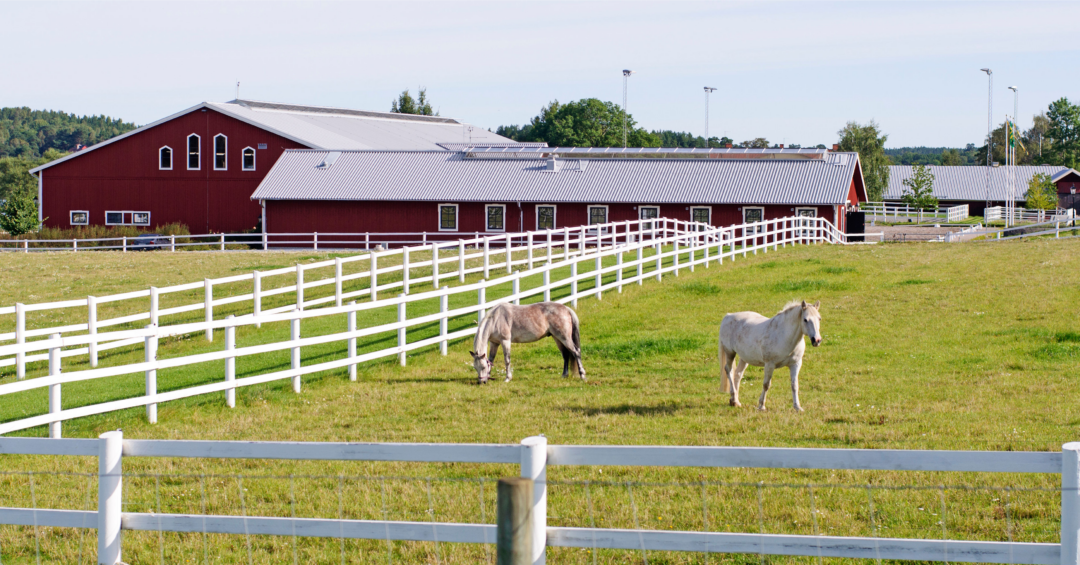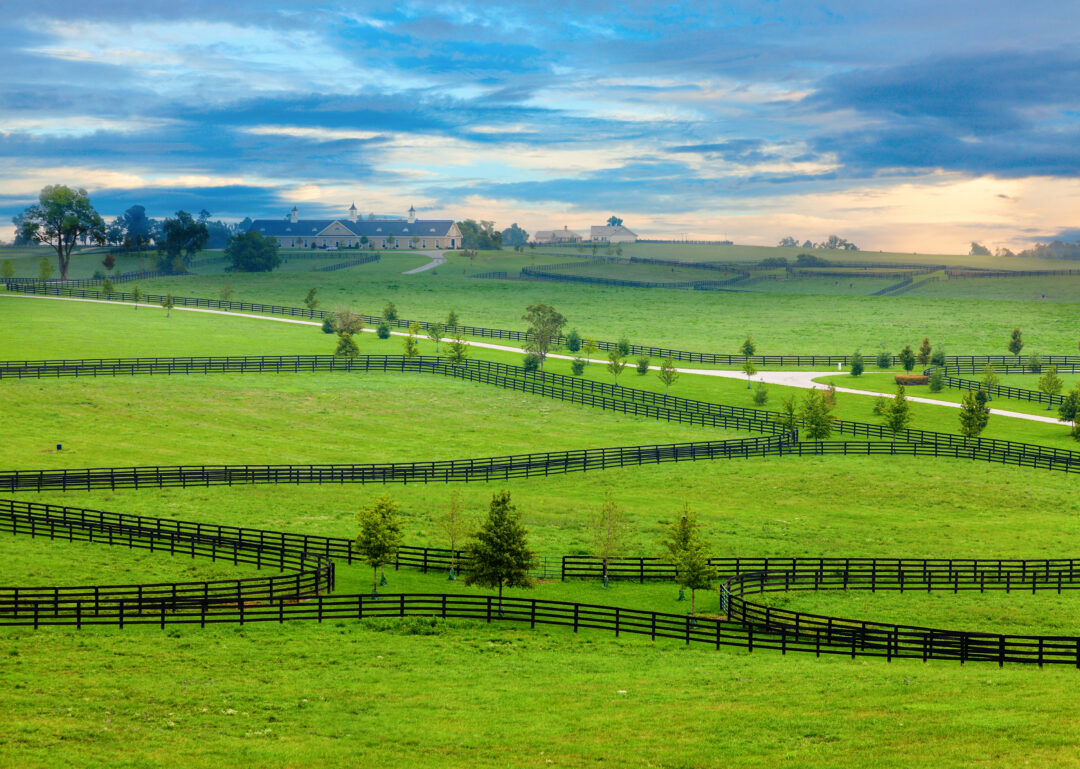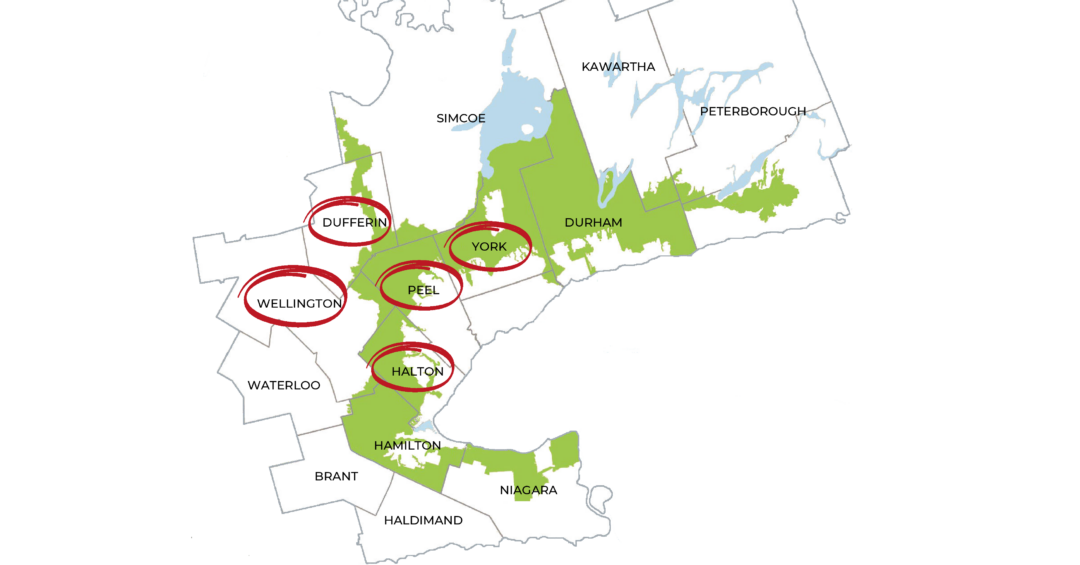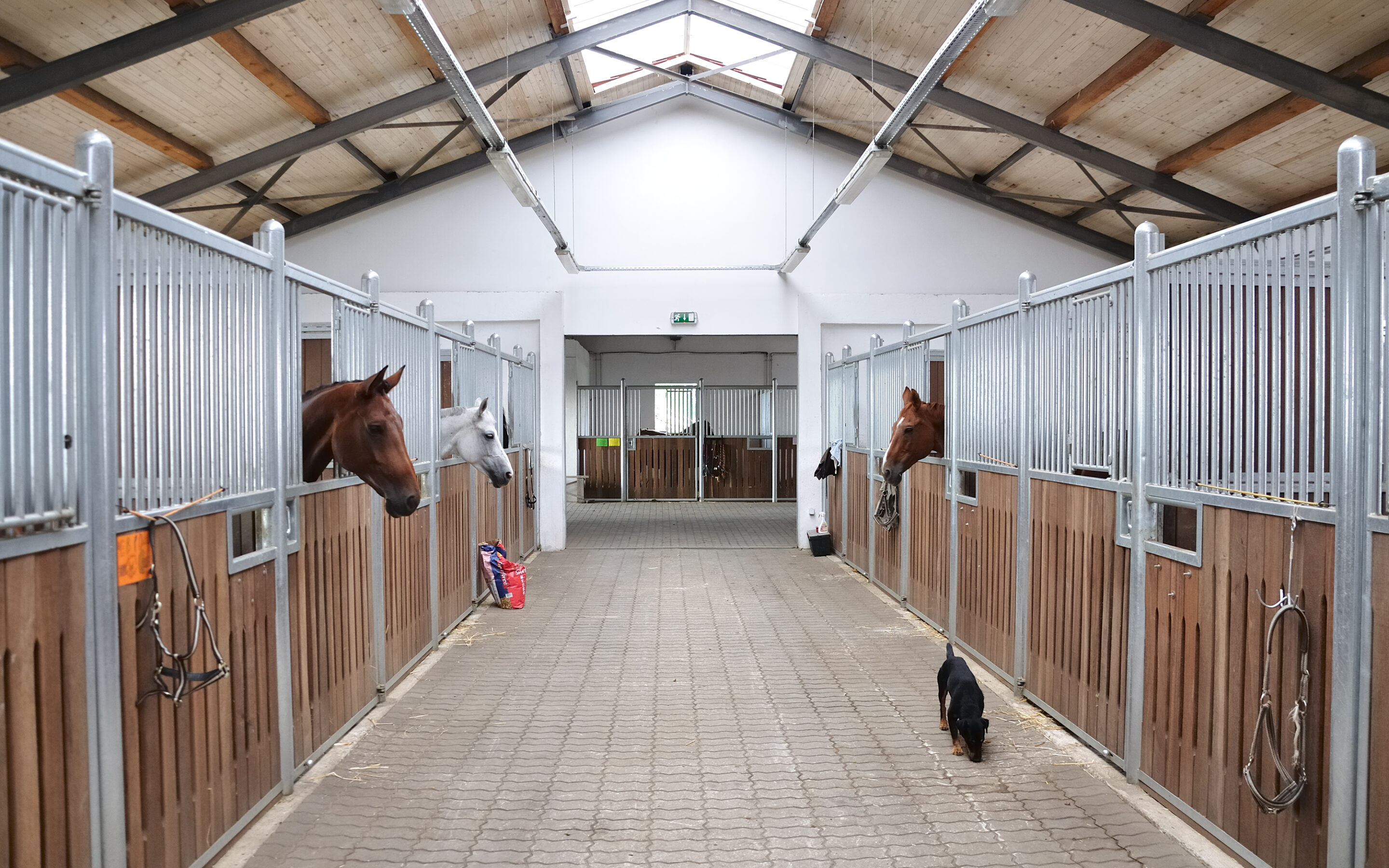
6 Common Questions About Leasing An Equestrian Facility
Part 3, and the final part to your “Horse Farm Lease” series. These are some common questions we’ve been asked and thought it a good idea to share the answers with you all.
What should I do if I am leasing out my facility to a trainer and keeping my horses at the facility?
This isn’t uncommon.
We recommend keeping the arrangements at a two arms-length transaction.
For example, if you want to keep your horses in training with the trainer you are leasing the property to, it is advisable to do it the following way: The trainer pays you to lease the facility, you pay them for training board.
It is better to do this than discount the lease price to keep your horses at the property – it keeps things very clear and simple. Your trainer might be your friend but at the end of the day, if they are running a business it should be treated as such.
What are my insurance requirements?
Both the landlord and the tenant should have insurance.
For the landlord/owner:
You want to make sure your barn and facility are covered under your own insurance and protect yourself from liability, damages and any lawsuits. Before signing any lease, you need to talk to your insurance agent about where your liability lies with renting our your barn and facility.
For the tenant:
As a tenant, you should have insurance that covers extensive liability (commercial if you are running a boarding or training operation). You should also look into contents insurance coverage as well as coverages for loss in finances as a result of lawsuits or injury. If applicable, workers’ compensation insurance is also recommended.
How do I figure out what rent to charge (Landlord) / pay (Tenant)?
Rental amounts are going to depend on the following:
-
-
The Location of The Property
You are going to see higher rents being asked in more desirable areas. Places like Caledon, Halton Hills, Burlington, Flamborough and Guelph. Those within close proximity to horse show venues, vets, and trainers. However, you’ll need to factor in the condition of the property and facility as well.
-
Property Dependant
Simply put, the condition and the type of property is going to determine the rent as well. A run-down property is not going to fetch top rent. One with only a farm and no arena will fetch low rent as it will only appeal to a certain demographic of horse owners and not others like show jumping trainers. A higher-end, fully equipped facility, well maintained and looked after, you will likely get more rent.
-
Size of the Barn & Property
As you might imagine, the size of the barn and the property will also play a factor in the rent being charged. This will be in relation to the number of stalls and paddocks on offer as well. For example, all other things being equal, a 10 stall barn with 10 paddocks is going to be desirable that a 10 stall barn with 4 paddocks.
-
(Landlord) Cover Your Costs
As a landlord, you will want to factor in the costs you have into the rental price. Ideally, you’ll want to cover mortgage costs, taxes and any other expenses.
-
What is the difference between renting out just a horse facility versus a horse facility and residence?
Renting out the horse facility – when you’re renting out just an equestrian facility there will only need to be one lease to cover the facility. The lines are a bit blurry on this but technically renting out a horse facility would fall under an agricultural lease and as such is typically held under the commercial tenancies act.
Renting out a horse facility and home – when renting out your horse farm and a residence on that farm to the same person, you want to have terms, conditions and clauses in one lease that covers both the facility and the residence.
What if I am just renting out my small, private barn?
As a landlord, you can really create your own lease for this type of rental and include clauses that protect you and your property. I would still want the lease to either be drawn up or looked over by a competent and knowledgeable lawyer on both sides.
You’ll seriously want to consider the size of your barn, the number of grazing paddocks you have and the number of horses you allow in. If you have a 10 stall barn with only 10 acres of land you will seriously need to consider how that is going to impact the paddocks. Will the lease make sure to properly rotate horses and keep them off the grass during muddy seasons?
There is a lot to consider when it comes to renting out your private barn. Especially if it is in close proximity to your home and if you have one or two horses there yourself.
Proceed with caution on this one.
How do you choose a tenant?
For a large facility, ideally, you want a good trainer, with a good reputation to lease your property. Someone with a track record of clientele who has experience running a horse farm.
As with any property you are leasing out, do your due diligence.
For example:
- Ask for references from past facility owners from whom the trainer has rented the property. If they are just starting out on their own, you might want to hear from the person they have been training under. It is ideal to have the two most recent landlords’ phone numbers so that you can call both yourself.
- Run a credit check
- Do some digging online. See what others say about them. If they have an existing operation, check to see if it has reviews.
- Make sure they are in good standing with OEF & EC
How do you choose an owner?
As mentioned in the Renters: Before Your Lease A Horse Barn article, here are some things you can do as your own due diligence:
- Ask around about the barn you are hoping to rent
- Get in touch with the previous tenant if you know who it was
- Simply ask the owner questions upfront. For example, how much horse knowledge they have, how hands-on they are, why the previous tenant left, will they be keeping horses there, etc.
This article does not constitute legal advice. When questions arise based on specific situations, direct them to a knowledgeable attorney.
